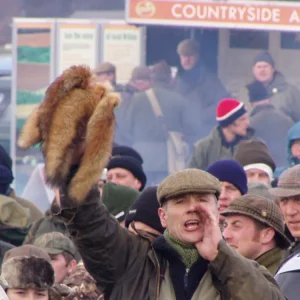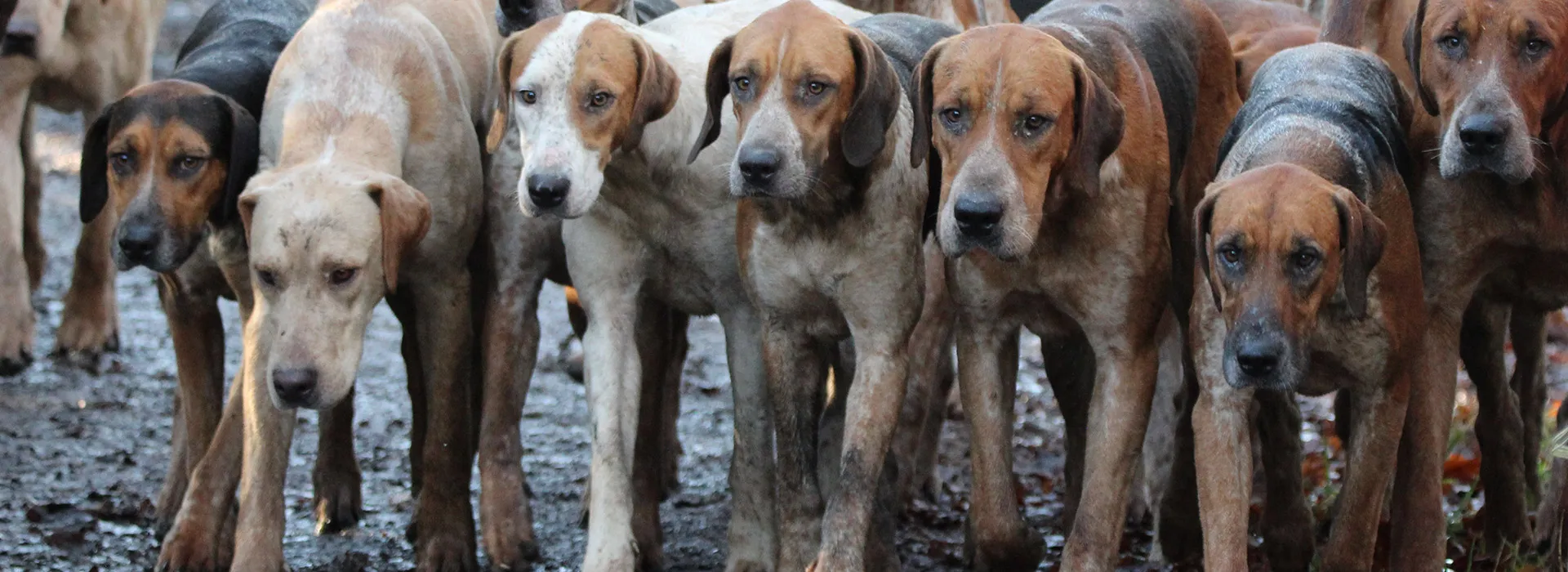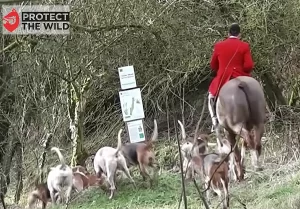POLICE yesterday warned about the return of one of the deadliest threats to animals and people walking in the countryside.
Ten years after they were outlawed by the courts, barbaric gin traps have reappeared in Scotland, in the woodlands of Perthshire.
The iron-jawed weapon, 1ft-long, which is stretched open on the ground and hidden by grass, can snap an animal’s leg and trap their prey until they are found and killed.
But children, trapped by an ankle, are known to have been victims and last night Tayside police said walkers should take extra care on countryside strolls in woodlands and fields and to report any traps.
A spokesman said: `These are incredibly dangerous and illegal. We want to find any as quickly as possible before another animal, or worse, is caught.’
Evidence of their reappearance came from ramblers who found three traps on a Perthshire estate. One had trapped a buzzard, a protected species, which was beyond saving. A leg had been shattered.
Police investigated but it was decided there was insufficient evidence for a court case. The estate is not being identified.
Police Inspector Alan Stewart, the Tayside wildlife liaison officer, warned people to be extra vigilant.
He said: `These traps are obviously still in use and causing a great deal of suffering. Unfortunately, they are used by unscrupulous people.’
The Royal Society for the Protection of Birds said the buzzard incident highlighted a problem with gin traps which appeared to be in fairly common use again, particularly north Perthshire.
It claimed poison was also being put down to kill birds, although it pointed out that both methods were brutal and indiscriminate.
A spokesman said: `We have a real problem in Perthshire with the illegal killing of protected birds. There are traps and a cronic poisoning problem.
`Poisoning can be very cruel and unpleasant and because it is not discriminate family pets and other animals are also being affected.’
Traditionally, gin traps were used by game hunters to catch rabbits and deer although more recently they were used by farmers to protect livestock from foxes.






